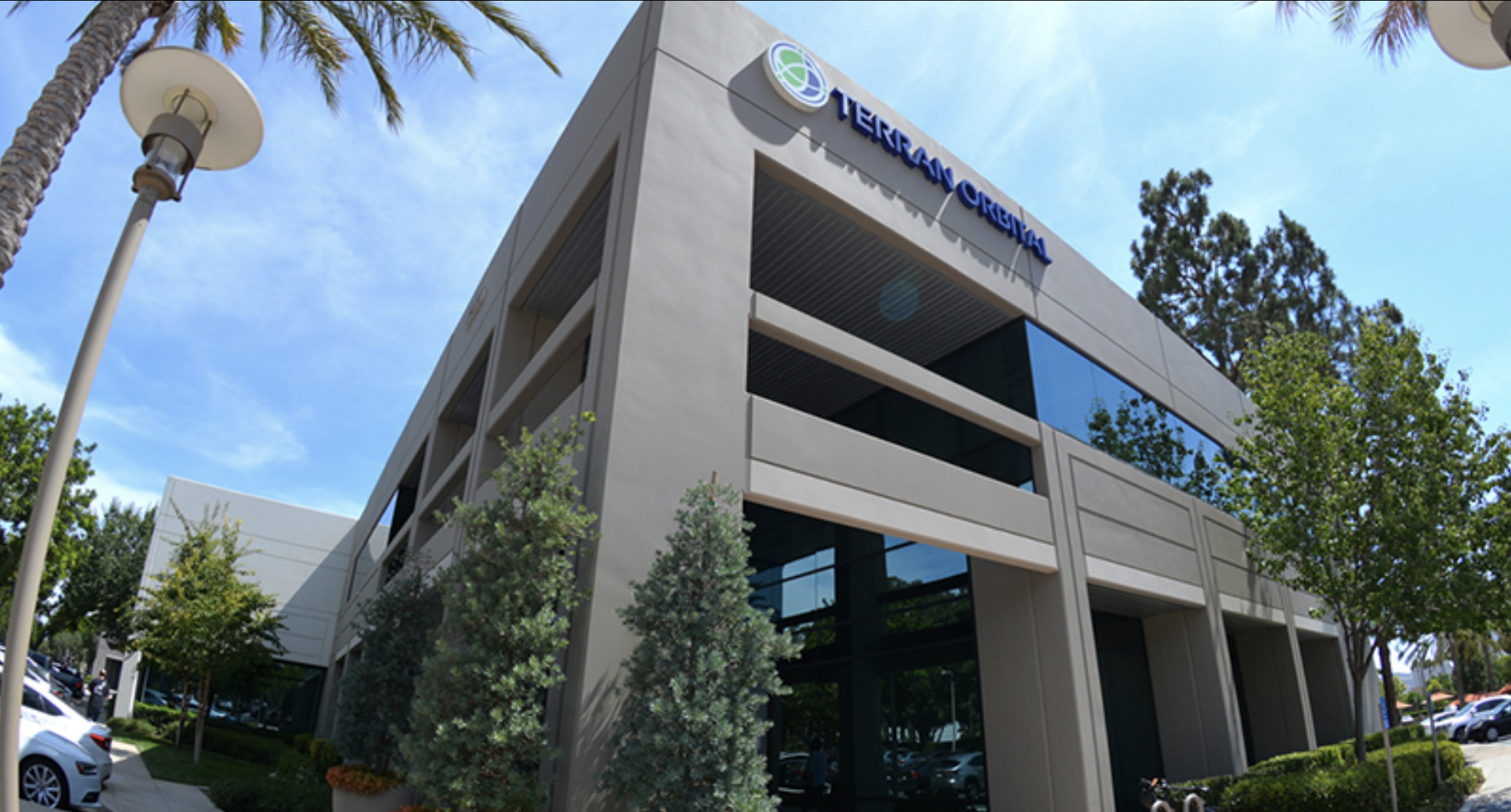WASHINGTON — Satellite manufacturer Terran Orbital is planning another expansion of its factory in Southern California to accommodate an anticipated increase in government and commercial orders.
During a March 21 earnings call, Marc Bell, chief executive of Terran Orbital, said the company would lease an additional 8,700 square meters of manufacturing space in Irvine, California. The factory, just beginning construction, would include a high bay 11 meters tall for assembling larger spacecraft.
The facility is on top of a 5,600-square-meter expansion the company announced last year in Irvine. The company said in October it would expand its California facilities rather than build a large factory in Florida, concluding the California expansion would allow it to scale production faster than building a factory on the grounds of the Kennedy Space Center.
That expansion, Bell said, is nearly complete and is scheduled to come on line in April. Once up and running, it will be able to produce up to 250 satellites a year. The larger factory announced in the call will be devoted to integration and testing of satellites, with the company’s other facilities reoriented to produce components.
“This optimization will enhance the efficiency and capacity of our entire production system,” Bell said. “When fully ramped, this addition has the potential to raise our satellite capacity to multiples of our prior 250-per-year target.” That factory will be commissioned in 2024, he added.
That expansion is in anticipation of future business. Terran Orbital produced 19 satellites in 2022, a record for the company but only a small fraction of the capacity it is about to open. Current work includes a set of 42 satellite buses for Lockheed Martin for its Transport Layer Tranche 1 contract with the Space Development Agency (SDA). Bell said he expected SDA to award Tranche 2 contracts later this year.
Terran Orbital announced Feb. 22 that it won a $2.4 billion contract to produce 300 satellites for Rivada Space Networks for the first half of Rivada’s broadband constellation. That contract, he said, includes an option for another 300 satellites. Those satellites will each weigh about 500 kilograms.
“We expect progress on this program to accelerate throughout 2023 and 2024, with deliveries concentrated in 2025 and 2026,” he said. Rivada faces an International Telecommunication Union (ITU) deadline of mid-2026 to deploy half of its 576 satellites, with the remainder in orbit by mid-2028.
While the contract appears to be a major boost to Terran Orbital’s fortunes, the company said little about how it would affect the company’s finances. That included not providing guidance for 2023 revenue or earnings “until the first phase of the Rivada program has commenced and progressed sufficiently to permit us to have a good sense of our projected results,” Bell said.
The company was also not adding the Rivada contract to its backlog, which stood at $170.8 million at the end of 2022. “We are still evaluating how we want to present the Rivada contract,” said Gary Hobart, chief financial officer of Terran Orbital.
Bell deflected questions on Rivada’s finances but said Terran Orbital received an initial payment to start work on the project. Rivada executives said last month that they had the financing in place for the constellation but declined to identify its investors.
Bell added that he believed the ITU would grant Rivada a waiver to a milestone that would require the company to launch 10% of its constellation by September. Once that is granted “then it’s full speed ahead” on producing the satellites, he said.
The contract announcement, though, has opened doors for other potential business. “What Rivada did for us as a business is that it gave us credibility in the marketplace that we can build large satellites,” he said. That included recent meetings with unnamed companies planning similar constellations. “People are viewing us very differently, very credibly.”
Terran Orbital reported $94.2 million in revenue in 2022, a record for the company. However, it also reported a net loss of $164 million and negative adjusted earnings before interest, taxes, depreciation and amortization (EBITDA) of $69.5 million compared to negative adjusted EBITDA of $26.1 million in 2021.
The company, which raised $100 million from Lockheed Martin in October, had $93.6 million in cash on hand as of the end of 2022. The company acknowledged that it would need to raise additional funding through debt or equity to carry out its business plan, “which may not be available to us when needed or on terms that we deem to be favorable,” it stated in its earnings release.
